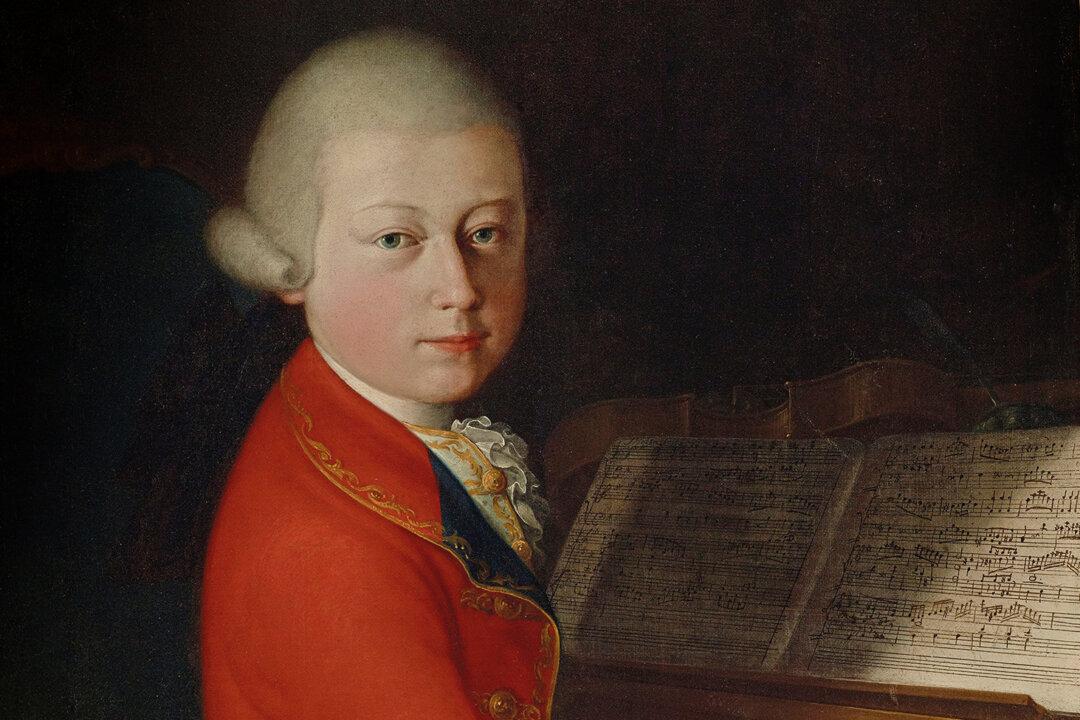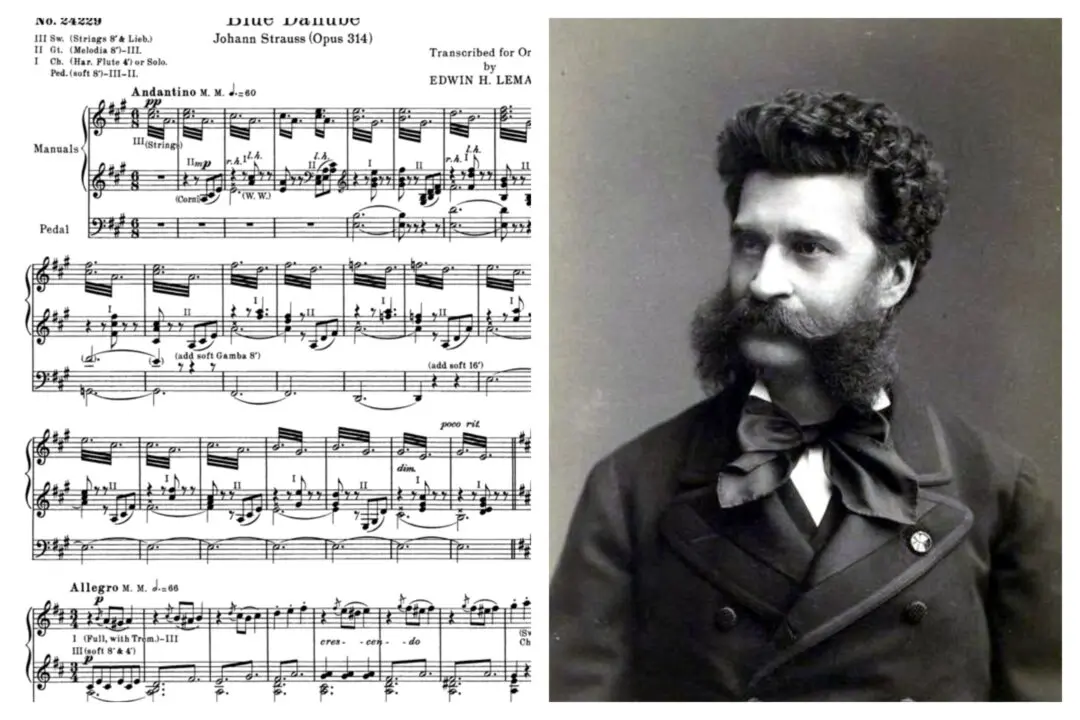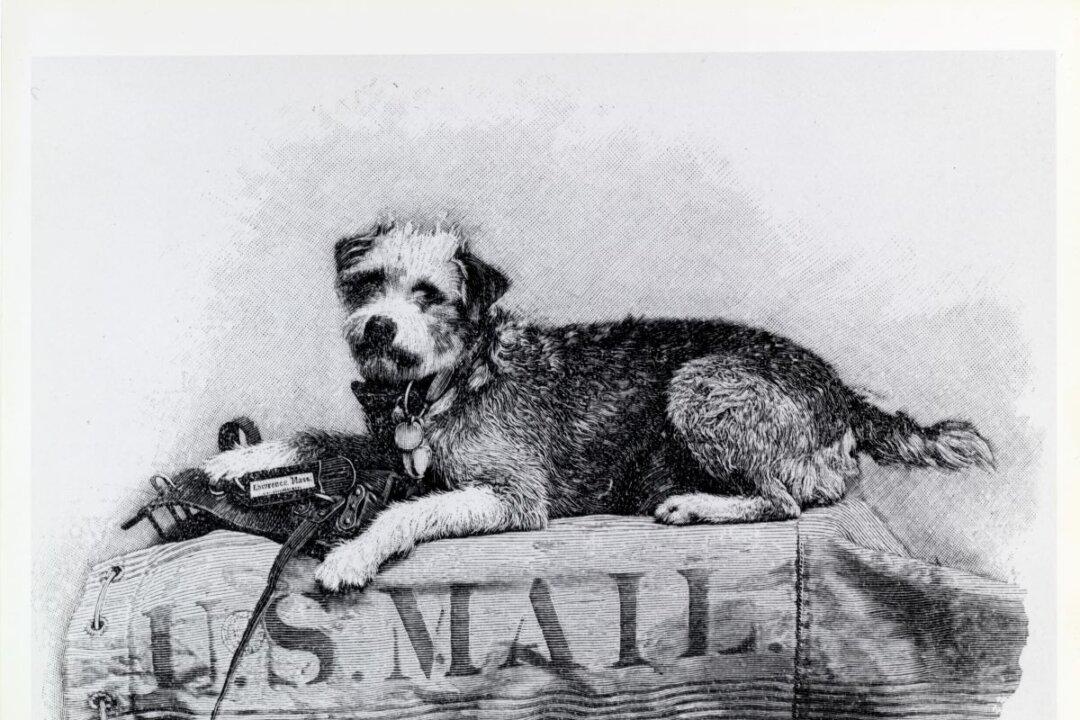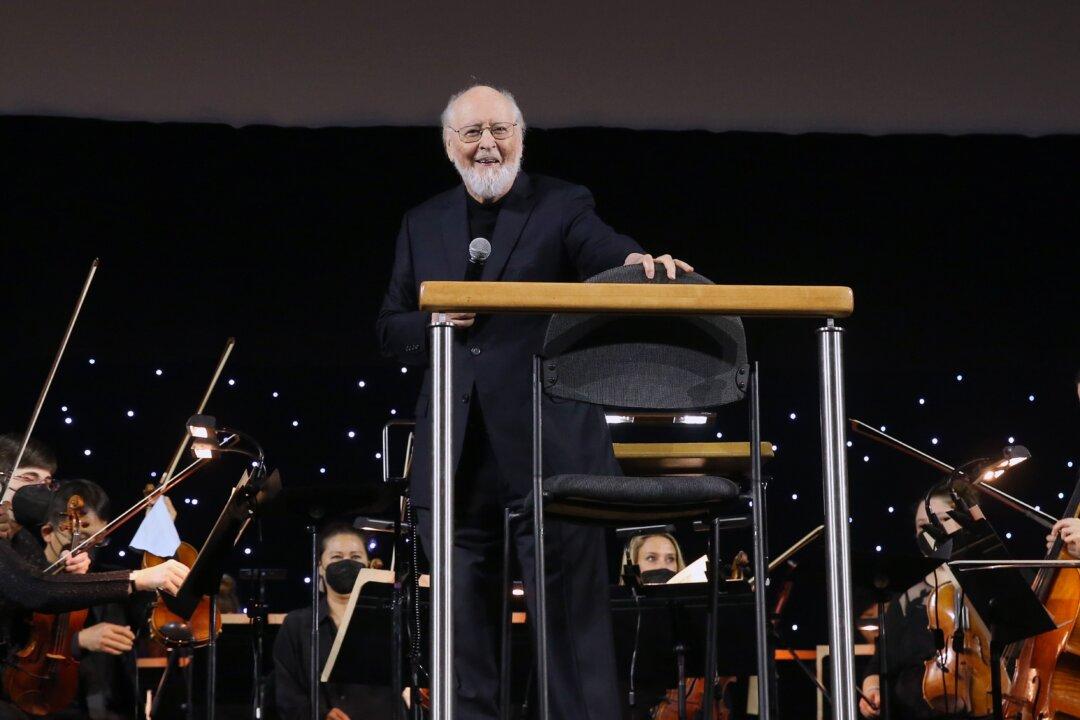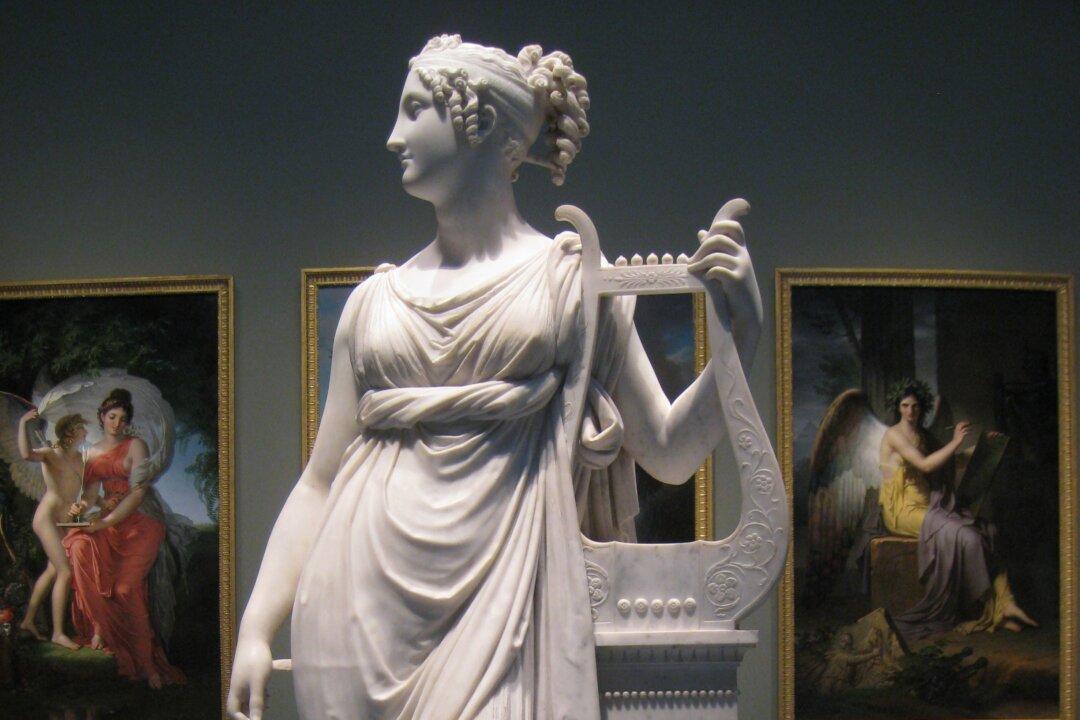The field of music seems to have an abundance of child prodigies compared to other cultural spheres. Franz Schubert, Camille Saint-Saëns, Georges Bizet, and Felix Mendelssohn all displayed exceptional early talent. One could list others still.
But among these, Wolfgang Amadeus Mozart (1756–91) stands out. He is the most famous and influential child prodigy of all time. It is not much of an exaggeration to call him the fountainhead of child prodigies, since he predates the other composers listed here. His effect goes beyond the music world, shaping our idea of genius itself.

